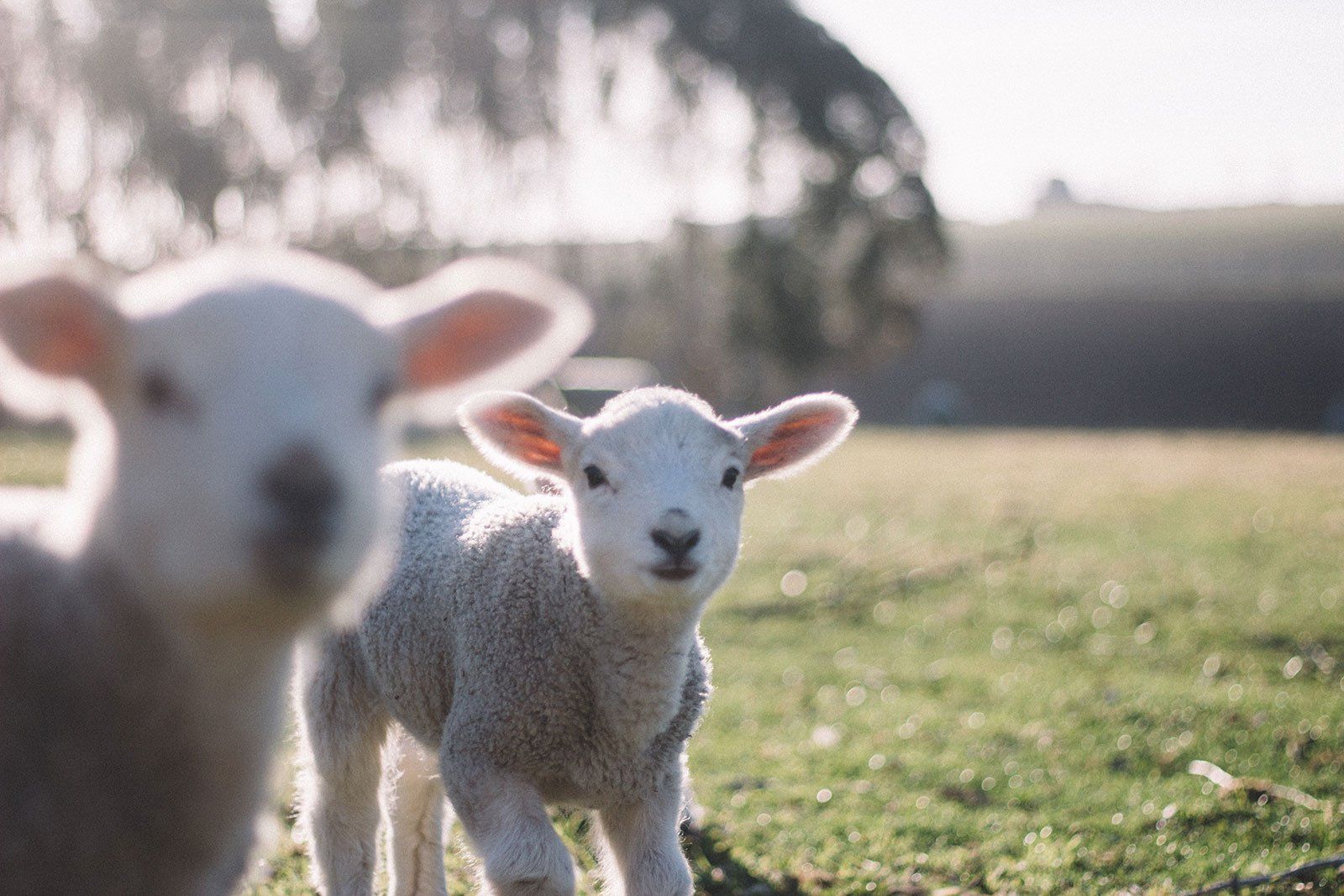1MG FlippingBooks
AI project could predict production capabilities of sheep
Australian researchers are working on an artificial intelligence (AI) system that could revolutionise the sheep industry. Australian Wool Innovation (AWI), neXtgen Agri Ltd and the University of Sydney will be collaborating to create AI technologies capable of predicting the production capabilities of livestock from a young age.
Dr Jane Littlejohn, AWI ’s General Manager of Research, explained the project seeks to prove the possibility of phenotyping – determining traits and behaviours from physical characteristics – using semi-automated image and sensor technologies.
“Machine learning techniques can be used to determine identification through facial recognition, wrinkle scores, face cover and live-weight in sheep,” said Dr Littlejohn.
“The long-term goal of the project is to evaluate the use of advanced phenotypes and artificial intelligence technologies for the prediction of lifetime performance at young ages, management of performance changes in real time and provide advanced highly predictive phenotypes as inputs for ongoing selection decisions.”
The system could provide farmers the tools to complete remote and automatic identification and weighing of animals at only the cost of the sensors. That means cost and maintenance wouldn’t be significant barriers to implementation on real farms.
“This project will also lay the foundation for new and innovative ways to assess traits in sheep without additional time and effort from farm managers,” said Mark Ferguson, neXtgen Agri project lead.
AI research in this area has never been done before, but the AWI is confident that this will spark significant development in sheep breeding practices. The results will be analysed mid-2019.
“This project, in partnership with neXtgen Agri, is just another approach to bringing technology on-farm,” said Dr Littlejohn. “Exploring the potential use of artificial intelligence in everyday practises on-farm is an exciting and future-focused prospect.”

















